Normal graphite pad
We are in the area between matrix and fillers here, but I have finally moved the pad to this chapter. While we’re on the subject of carbons: Graphite pads are made of pyrolytic graphite, a material known for its excellent thermal conductivity properties. These pads are typically only a few tenths of a millimeter thick and conform closely to the surface of the CPU and heatsink to ensure efficient heat transfer. Compared to traditional thermal pastes, graphite pads are firm and flexible, which simplifies their handling and application.
A major advantage of graphite pads is their durability and reusability. They can be used several times without any noticeable loss of performance. This is in contrast to heat-conducting pastes, which usually have to be replaced after each use. In addition, graphite pads do not dry out. This means that their thermal conductivity remains constant over a longer period of time and is not impaired by drying out. Handling graphite pads is easier and cleaner than using thermal paste. There is no risk of over-application or contamination of the CPU or mainboard with paste.
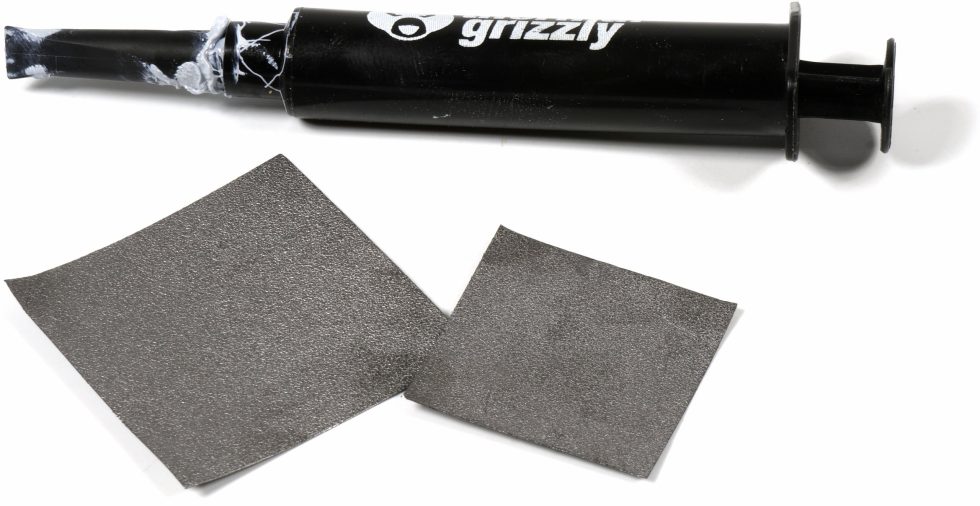
Graphite pads offer very high thermal conductivity, which in some cases can be better than that of conventional thermal pastes, which can (but does not have to) lead to more efficient heat dissipation. However, graphite pads are usually significantly more expensive than conventional thermal pastes. The higher initial cost can be a deterrent for some users, although the reusability and longevity of the pads can offset this initial cost over time.
Although graphite pads are flexible, they cannot conform as perfectly to the micro-imperfections of CPU and heatsink surfaces as liquid thermal compounds. This can lead to less effective heat transfer in some cases. The installation of graphite pads requires some care to ensure that they are correctly aligned and cover the entire surface of the CPU. Misalignment can lead to hotspots and inefficient cooling.
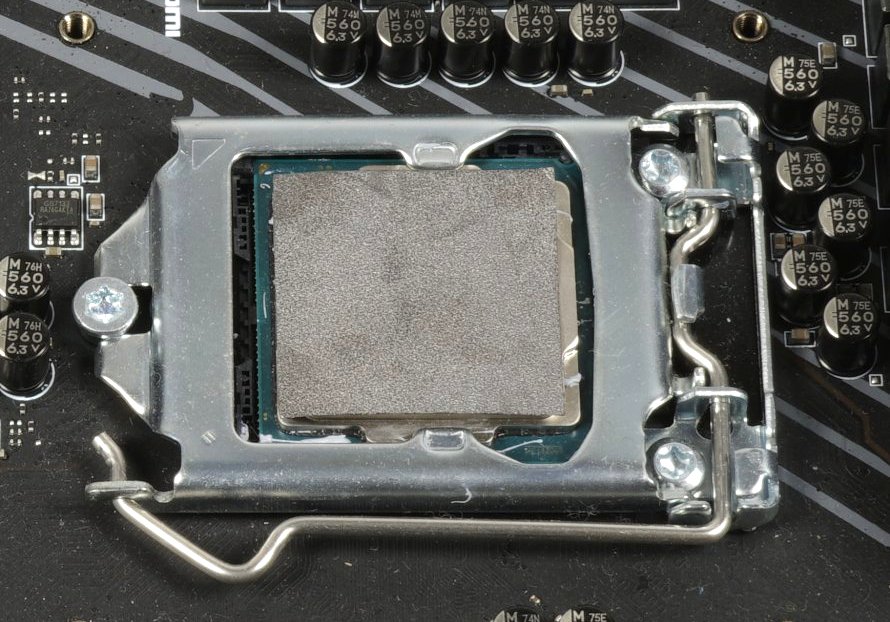
Graphite pads offer an interesting alternative to traditional heat conducting materials for CPU cooling. Their advantages such as reusability, ease of use and high thermal conductivity make them an attractive option for many users. Despite potential disadvantages such as higher costs and requirements for precise installation, graphite pads can offer an efficient and long-term solution for heat dissipation in many scenarios. Ultimately, the decision for or against the use of graphite pads depends on the specific requirements, budget and preferences of the individual.
Phase change graphite pads
Graphite phase change pads are a relatively new development in the field of thermal management solutions, specifically designed for cooling electronic components such as CPUs, GPUs and other high performance semiconductors. These pads combine the advantages of graphite materials with the properties of phase change materials (PCM) to enable effective and efficient heat transfer between the component to be cooled and the heat sink.
Graphite phase change pads consist of a composite material that contains both graphite and a phase change material. Graphite serves as a highly conductive medium to quickly distribute heat over the entire surface of the pad, while the phase change material changes its physical state (from solid to liquid and vice versa) to absorb and release heat. When a certain temperature is reached, the PCM melts, absorbing heat through the phase change and thus minimizing temperature peaks. When it cools down, the PCM solidifies again, releasing the stored heat and thus keeping the temperature of the component stable.
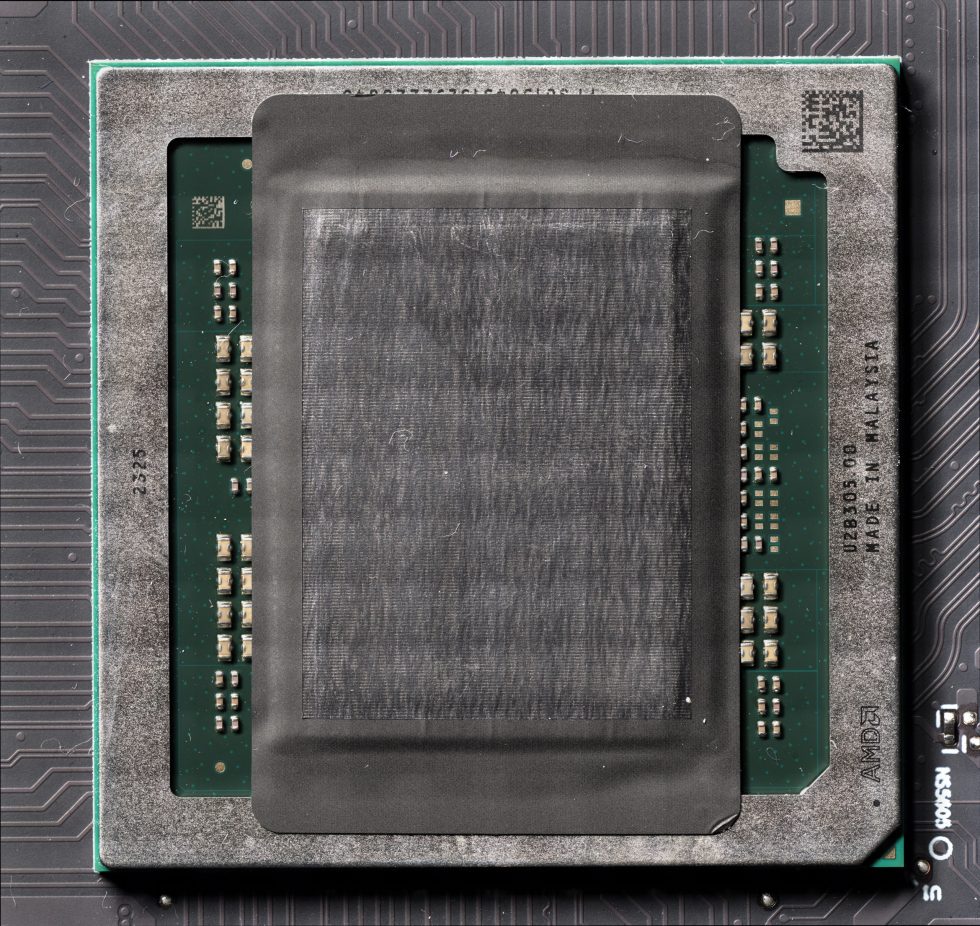
By combining the high thermal conductivity of graphite with the heat storage capability of PCM, graphite phase change pads provide excellent control over temperature fluctuations, resulting in more stable and efficient cooling. These pads are able to dynamically adapt to operating temperatures by absorbing or releasing heat as required. This reduces the risk of overheating and improves the longevity of electronic components.
As with other thermal pads, installation is simple and requires no special tools or skills. This simplifies the maintenance and replacement process. Graphite phase change pads tend to be more durable than conventional thermal pastes or pads and retain their thermal properties over a longer period of time, reducing the need for frequent replacement. Graphite phase change pads can be more expensive to manufacture than conventional thermal interface materials, resulting in higher costs for the end user.
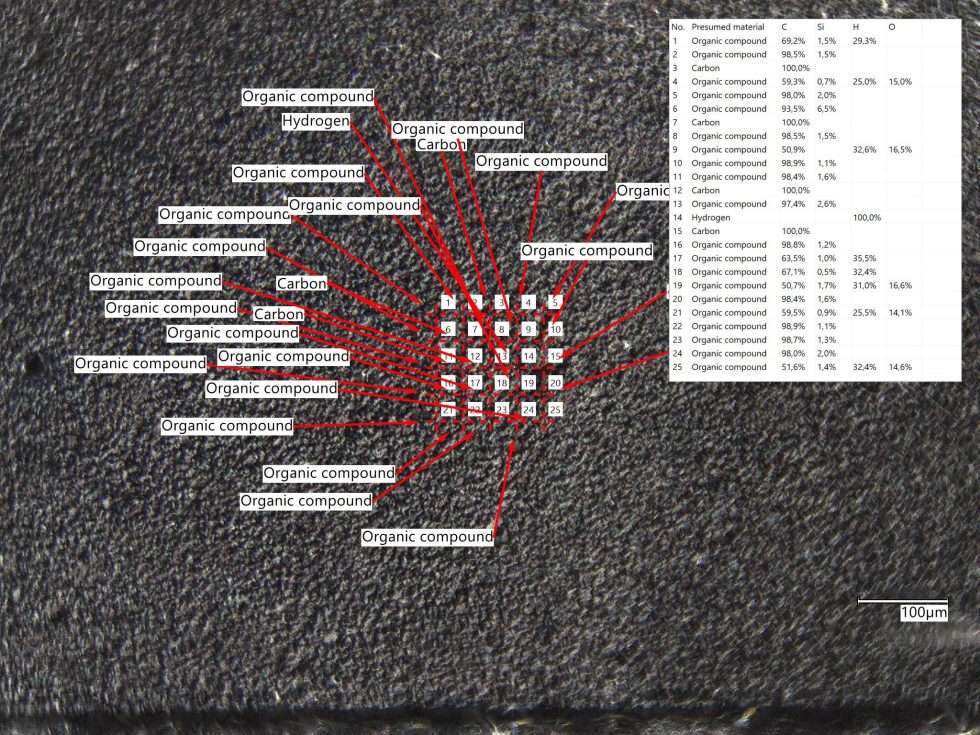
The pads need to be a certain thickness to work effectively, which could be a problem in some use cases, especially in tight spaces. For maximum efficiency, these pads must therefore be carefully matched to the specific thermal requirements of the application, including selecting the right type of PCM and matching it to the operating temperature ranges.
Ceramic phase change pads
Ceramic phase change pads consist of a mixture of ceramic fillers and a phase change material that can change its physical state between solid and liquid, depending on the temperature. The ceramic fillers serve to increase the thermal conductivity of the pad, while the PCM absorbs or releases heat through the process of melting and solidification. This combination enables efficient heat absorption during temperature peaks and uniform heat release when the temperature drops.
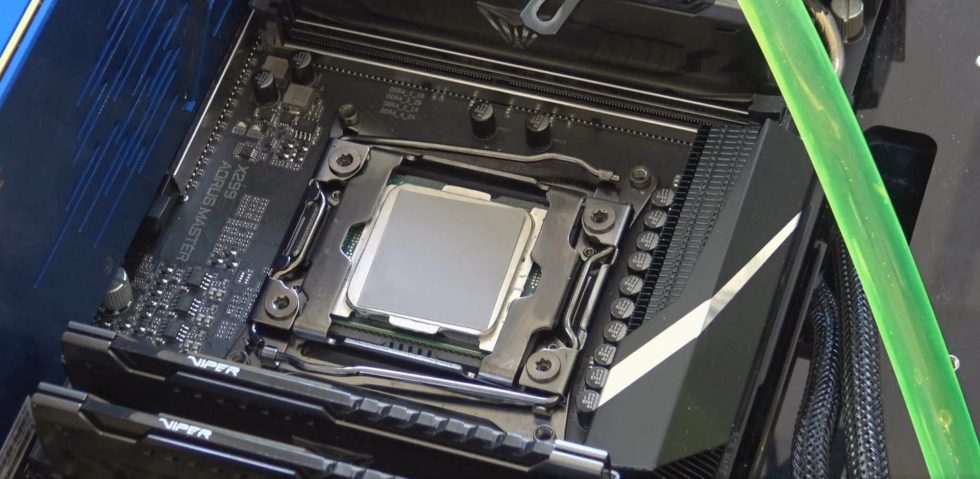
PCM pad with aluminum foil
This special PCM pad typically consists of a thin but robust aluminum foil that serves as a carrier material. This foil is coated on both sides with PCM material, which is selected according to the desired temperature application. The aluminum foil in the middle serves not only as a mechanical support, but also as an efficient heat conductor that improves heat transfer between the PCM and its surroundings.
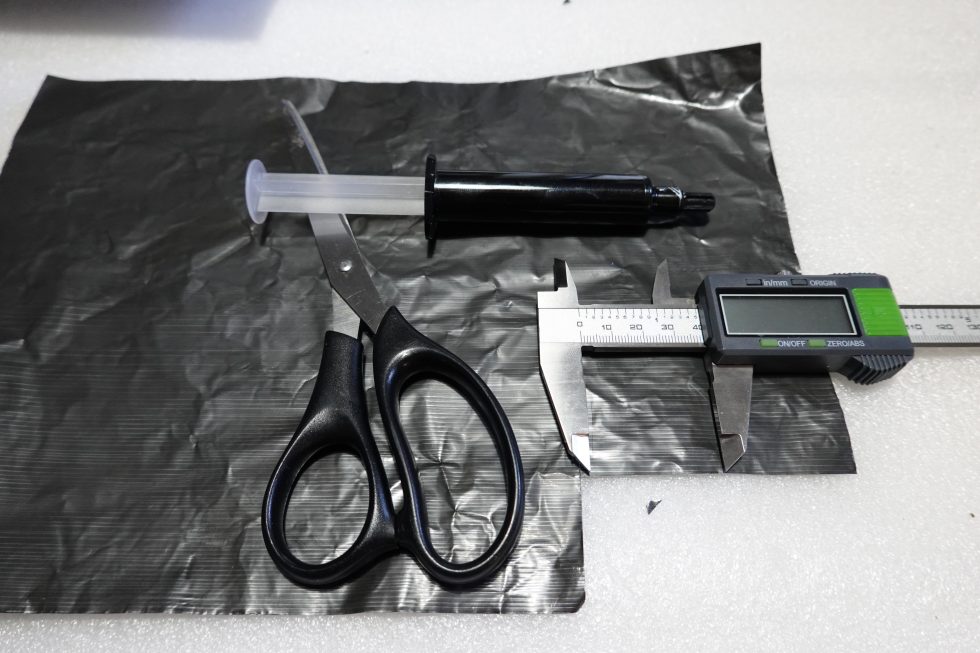
The aluminum foil ensures a fast and even distribution of heat over the entire surface of the pad, which leads to a more efficient use of the PCM coating. The layers of PCM applied on both sides can absorb and release large amounts of thermal energy without significantly changing their temperature. This makes the pad particularly useful for applications where a stable temperature needs to be maintained.
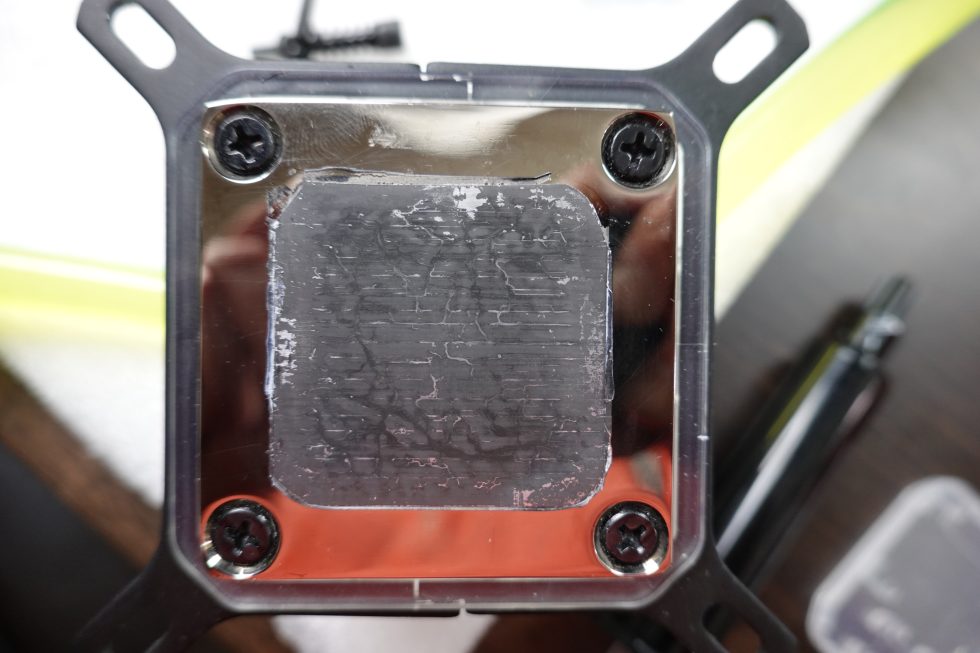
Due to their thin and flexible nature, PCM pads can be produced in various shapes and sizes and easily integrated into different applications. The combination of aluminum foil and PCM coating is robust against physical influences and thermal cycles, resulting in a long product life.
- 1 - The three big P's - introduction to pastes, pads and putty
- 2 - The purpose of thermal pastes
- 3 - The big debate between cheap and expensive
- 4 - The matrix as the basis for all pastes and pads
- 5 - Silicone-based pastes: optimization, durability, decomposition
- 6 - Thermally conductive fillers are important
- 7 - How the degree of grinding influences performance
- 8 - Silicone modification for low temperatures and LN2 overclocking
- 9 - The paste production process and possible hurdles
- 10 - Special case liquid metal (LM)
- 11 - Special case of graphite pads and phase changers
- 12 - Temperature window, expansion behavior, application
- 13 - Ageing and decomposition of pastes and pads
- 14 - Manufacturer vs. bottler, misleading marketing and conclusion

















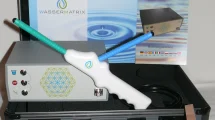






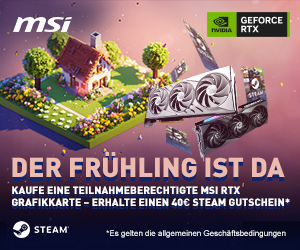








216 Antworten
Kommentar
Lade neue Kommentare
Veteran
1
Veteran
Urgestein
Mitglied
Urgestein
1
Urgestein
Urgestein
Mitglied
Urgestein
1
Mitglied
Urgestein
1
Urgestein
1
Veteran
Alle Kommentare lesen unter igor´sLAB Community →